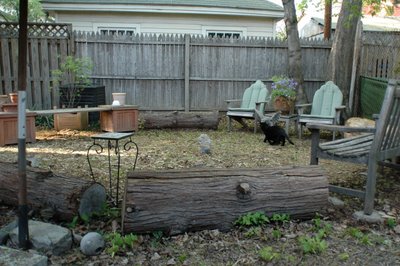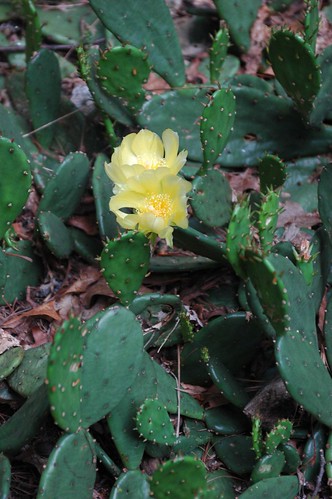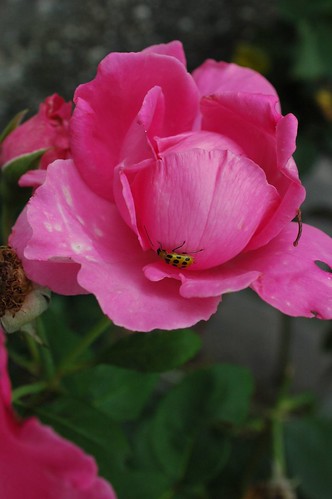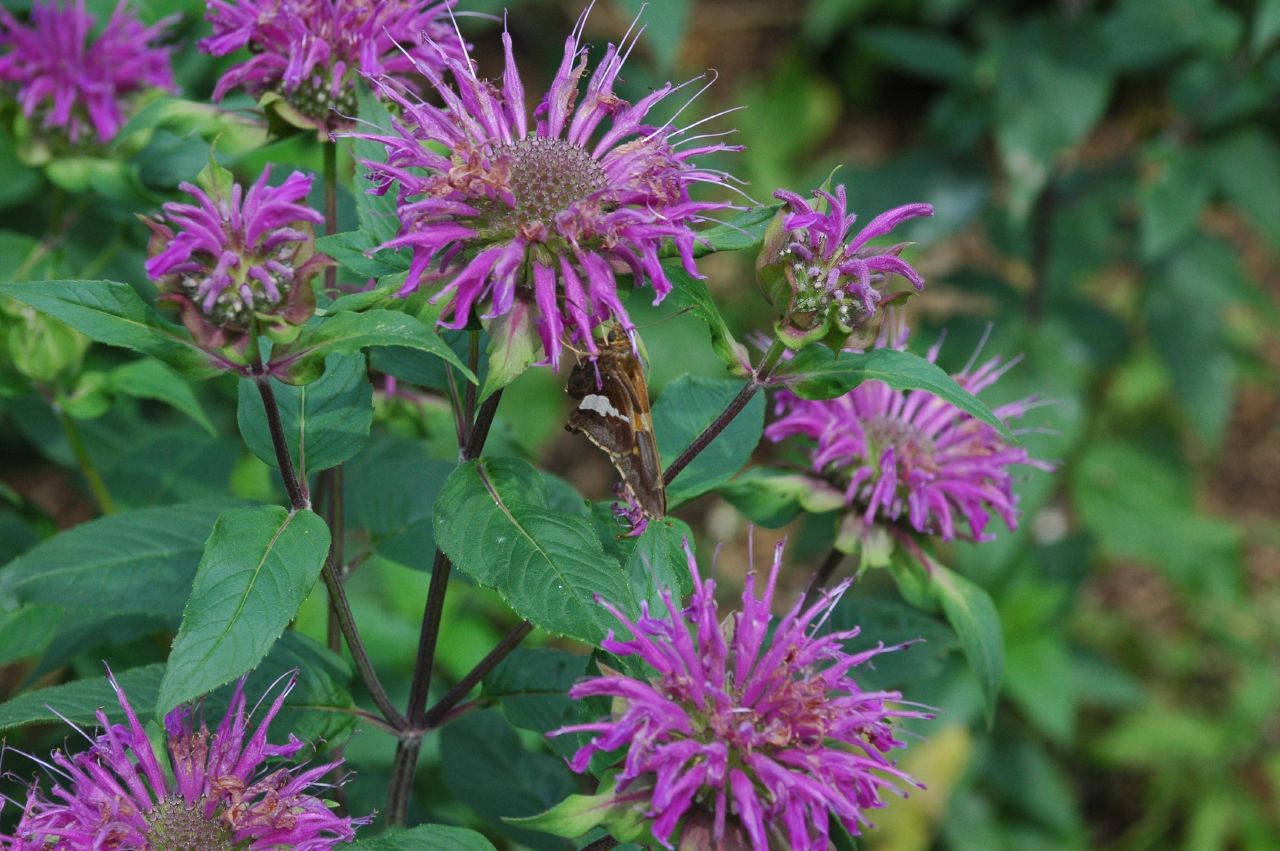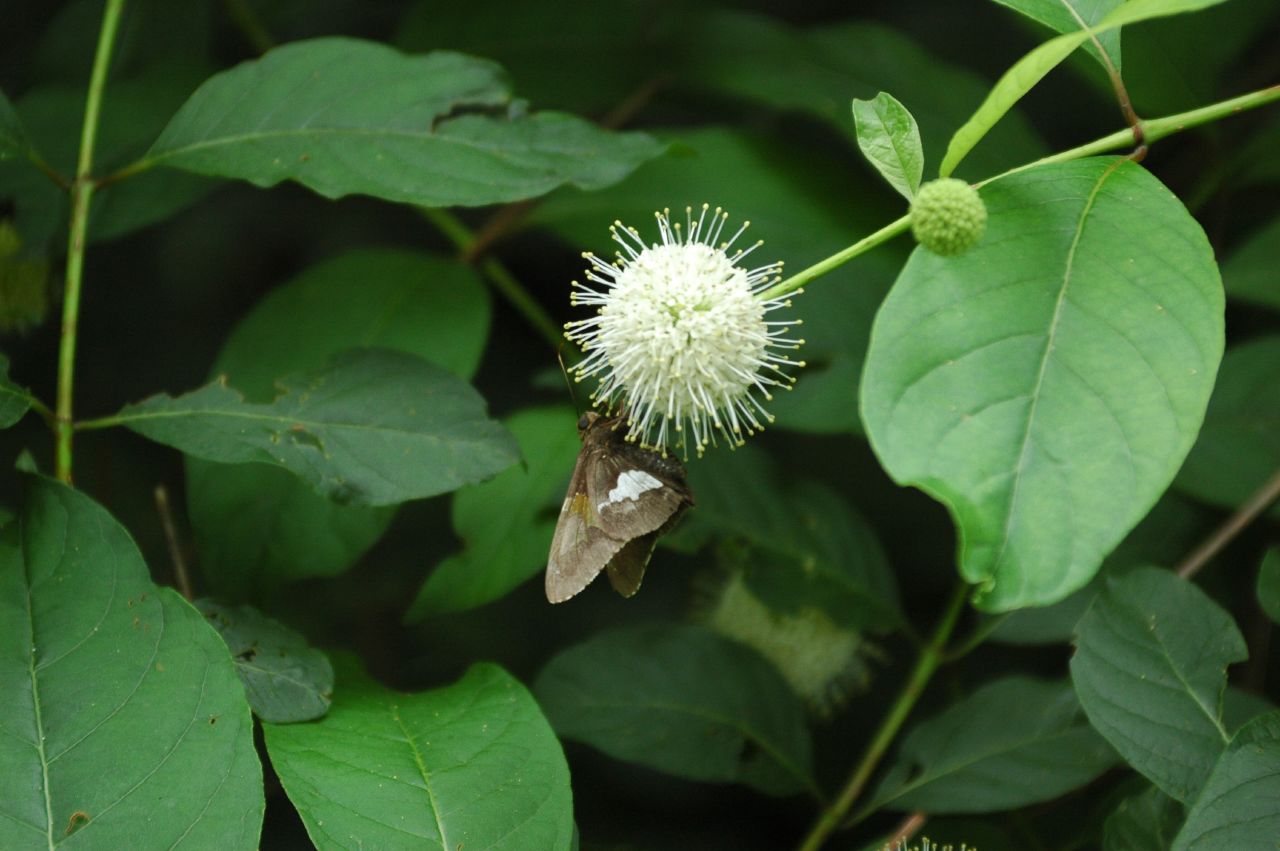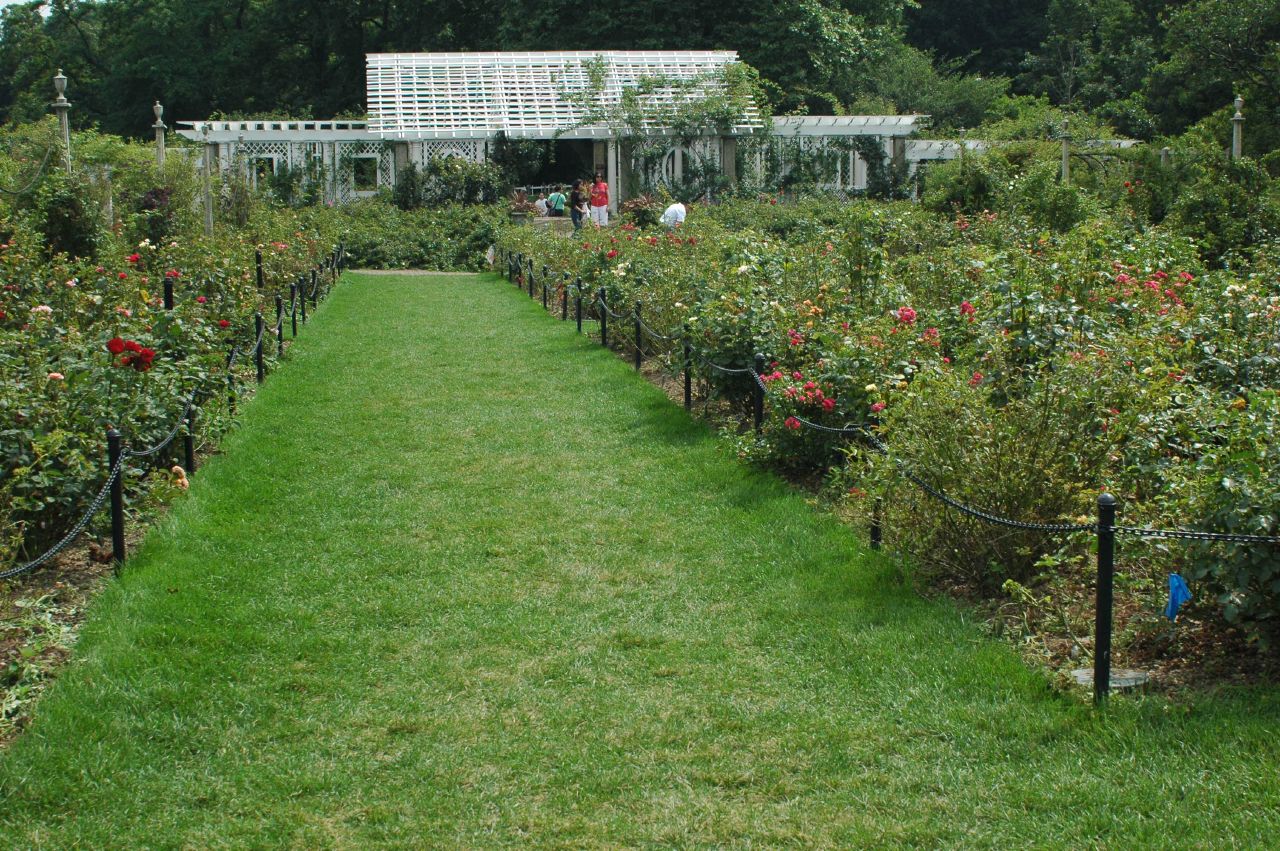[Updated 2006.10.23 21:51 EDT: Corrected year: 175 years from now is 2181, not 2176.]
The 14th Protecting Mother Earth Conference took place July 6-9, 2006 at the Leech Lake Memorial Pow-Wow Grounds of the Leech Lake Band of the Ojibwe Nation (Anishinaabe), outside the town of Bemidji, Minnesota. The Bemidji Statement on Seventh Generation Guardianship was released by the Indigenous Environmental Network on July 6, the first day of the conference:
During the winter months of 2005-2006, several handfuls of people from numerous places throughout North America came together at two different locations to create The Bemidji Statement on Seventh Generation Guardianship (Bemidji Statement). …
[The Statement] is intended for individuals or small groups of individuals to take guardianship responsibility for one piece of the web of life and protect or restore that one piece for this and future generations. Examples of these web pieces could be as broad as the water or the birds or as specific as a certain pond or a certain type of fish. A family may choose to assume guardianship for the area immediately [around] their home, a community may watch over a much larger area, a government or institution may stand guard over all within their jurisdiction. The important thing is that guardians who assume this responsibility learn everything they can about that which they have chosen, they assess and monitor the chosen piece of the web of life, restore it when necessary, and report the status of their responsibilities to other guardians.
From the smallest unit of society to the largest unit of government, we can protect, enhance, and restore the inheritance of the Seventh Generation to come. Consider becoming a Guardian in your community.
– Introduction to the Bemidji Statement by the Indigenous Environmental Network.
The Bemidji Statement itself is not much longer. For me, the most compelling section is the questions it asks:
- Who guards this web of life that nurtures and sustains us all?
- Who watches out for the land, the sky, the fire, and the water?
- Who watches out for our relatives that swim, fly, walk, or crawl?
- Who watches out for the plants that are rooted in our Mother Earth?
- Who watches out for the life-giving spirits that reside in the underworld?
- Who tends the languages of the people and the land?
- Who tends the children and the families?
- Who tends the peacekeepers in our communities?
and answers:
- We tend the relationships.
- We work to prevent harm.
- We create the conditions for health and wholeness.
- We teach the culture and we tell the stories.
- We have the sacred right and obligation to protect the common wealth of our lands and the common health of our people and all our relations for this generation and seven generations to come. We are the Guardians for the Seventh Generation.
The seventh generation would be my great-grandchildren’s great-grandchildren’s children. (If I had, or were going to have, any children to begin with.) If a generation occurs within the range of 20-30 years, we’re talking 140-210 years. Call it 175 years from now.
It’s the year 2176 2181. It’s hard for me to imagine anything I can do to stave off or reduce the multiple disasters which we will have caused. The Great Extinction. Global desertification. The Water Wars. The Diaspora Wars. Without intervention, the greenhouse gases already in the atmosphere will persist for hundreds of years. If we start working on it now, things may have started cooling down by 2176. But by then every place I have ever lived will have been under water for decades.
My little corner of the earth, my garden, is doomed to be drowned by the rising oceans before the seventh generation sees its first dawn. I want to get to higher ground. Now.
Yet I feel compelled to act as a guardian of my little area of the world, for as long as it, and I, last. Though I have always had, and expect I always will have, a troubled relationship with “community,” perhaps there is one I can be part of which will “watch over a much larger area.” It is my belief, my hope, that collectively we will create, and find in each other, that community.
In this light, when I re-read the introduction, I find I am already doing much of what is asked of me, what is my responsibility, as guardian:
- Learn everything [I] can about that which [I] have chosen.
- Assess and monitor [my] chosen piece of the web of life.
- Restore it when necessary.
- Report the status of their responsibilities to other guardians.
Let all gardeners also be guardians of their patch of earth. To my fellow guardian gardeners, this blog is my ongoing report. Here I will share what I know and learn about, the health of, and my attempts at restoration of, my “chosen piece of the web of life.”
Links:



